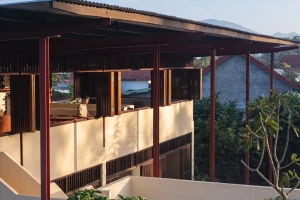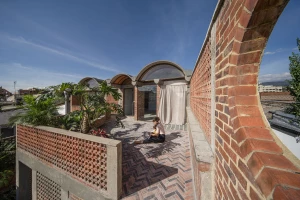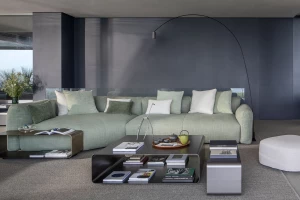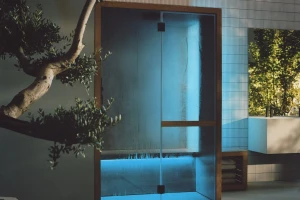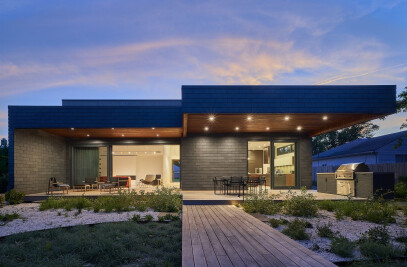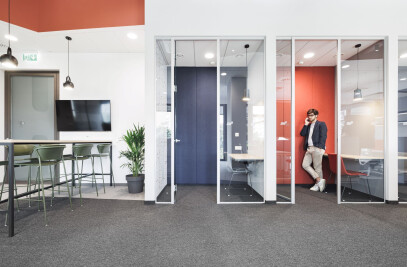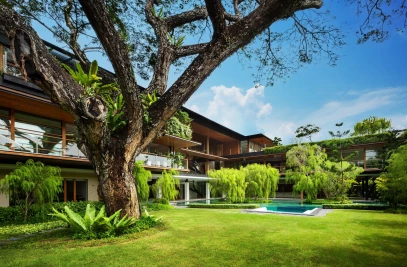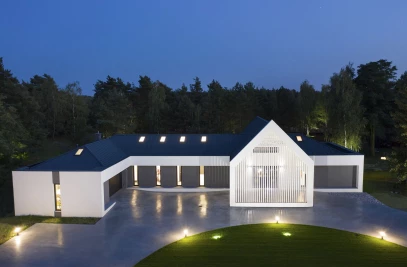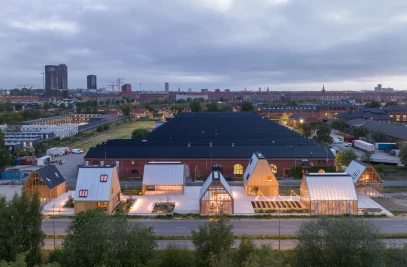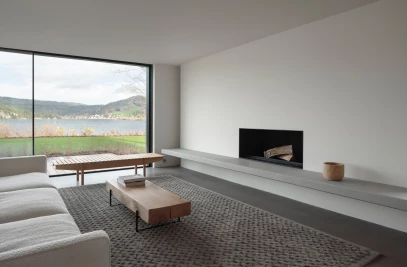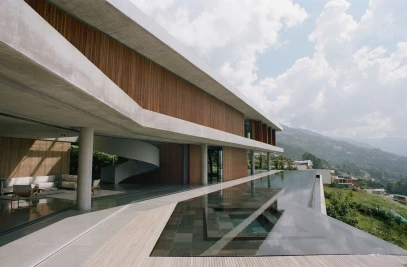Japan is renowned as one of the cleanest countries in the world. Even the country’s public toilets are known to have a higher standard of hygiene that much of the rest of the world. Nevertheless, the use of public toilets in Japan is limited due to a widespread belief that they are dark, dirty, smelly and scary. The Nippon foundation is seeking to dispel these misconceptions with THE TOKYO TOILET project. The project will see 17 new toilets constructed at 17 locations in Shibuya, Tokyo. Toilets designs come from 16 leading creators, including numerous Pritzker Prize winners.
A brief requirement common to all 17 toilets is that they ‘demonstrate the possibilities of an inclusive society, ‘ and that they are ‘accessible for everyone regardless of gender, age, or disability.’ Additionally, Nippon foundation has arranged for ongoing maintenance to ensure that people fee comfortable using these public toilets and foster a spirit of hospitality for the next person.
The first three toilets opened to the public on August 5, with additional openings on August 7, August 31 and September 7. The remaining toilets are scheduled for completion by spring of 2021. Here we take a look at seven of the first concepts to open.

On August 5, creator Masamichi Katayama’s toilet concept opened at Ebisu Park. The concept draws from toilets that originated with kawaya, which are huts built over the rivers dating back to the prehistoric Jomon period.

Here, an ambiguous space comprising 15 concrete walls attempts to capture the appearance and atmosphere of the primitive kawaya. Spaces between the walls lead users into three different areas designed for men, women and everyone.


Two further toilets opened the same day in Yoyogi Fukamachi Mini Park and Haru-no-Ogawa Community Park respectively. Designed by Shigeru Ban, the toilets use a new technology with outer walls of glass that become opaque when the lock is closed. At night, the toilets light up like a lantern.


This transparency allows users to determine firstly whether the toilets are clean and secondly, that no one is secretly waiting inside.

Tadao Ando opted for a clear and simple circular volume. For him a key factor was to make the toilet safe and comfortable. Visitors van move inside a cylindrical lattice wall and exit on the other side. The spanning roof overlaps slightly to create an Engawa all around that can function as a communal relaxing area.



Takenosuke Sakakura clad the restroom entirely with frosted glass. In the three separate unisex stalls shadows of the surrounding trees are revealed through the glass. In the evening the structure acts as a gently illuminated light beacon.

Nao Tamura envisions a bright red restroom on a small triangular lot that represents her hope for a society where people from all walks of life feel safe and are able to thrive. Three separate spaces, without contact walls between the stalls, establish a personal, private and safe space.

Fumihiko Maki wanted the facility to be both a public restroom and rest area. A playful roof connects the fragmented spaces together and leaves spaces in between for clear sightlines, ventilation and natural air.

All toilets are being constructed by Daiwa House Industry Co., Ltd with Toto Ltd advising on toilet equipment and layout. Maintenance of the toilets will be carried out under a three-party agreement between the Nippon Foundation, the Shibuya City government, and the Shibuya City Tourism Association.















